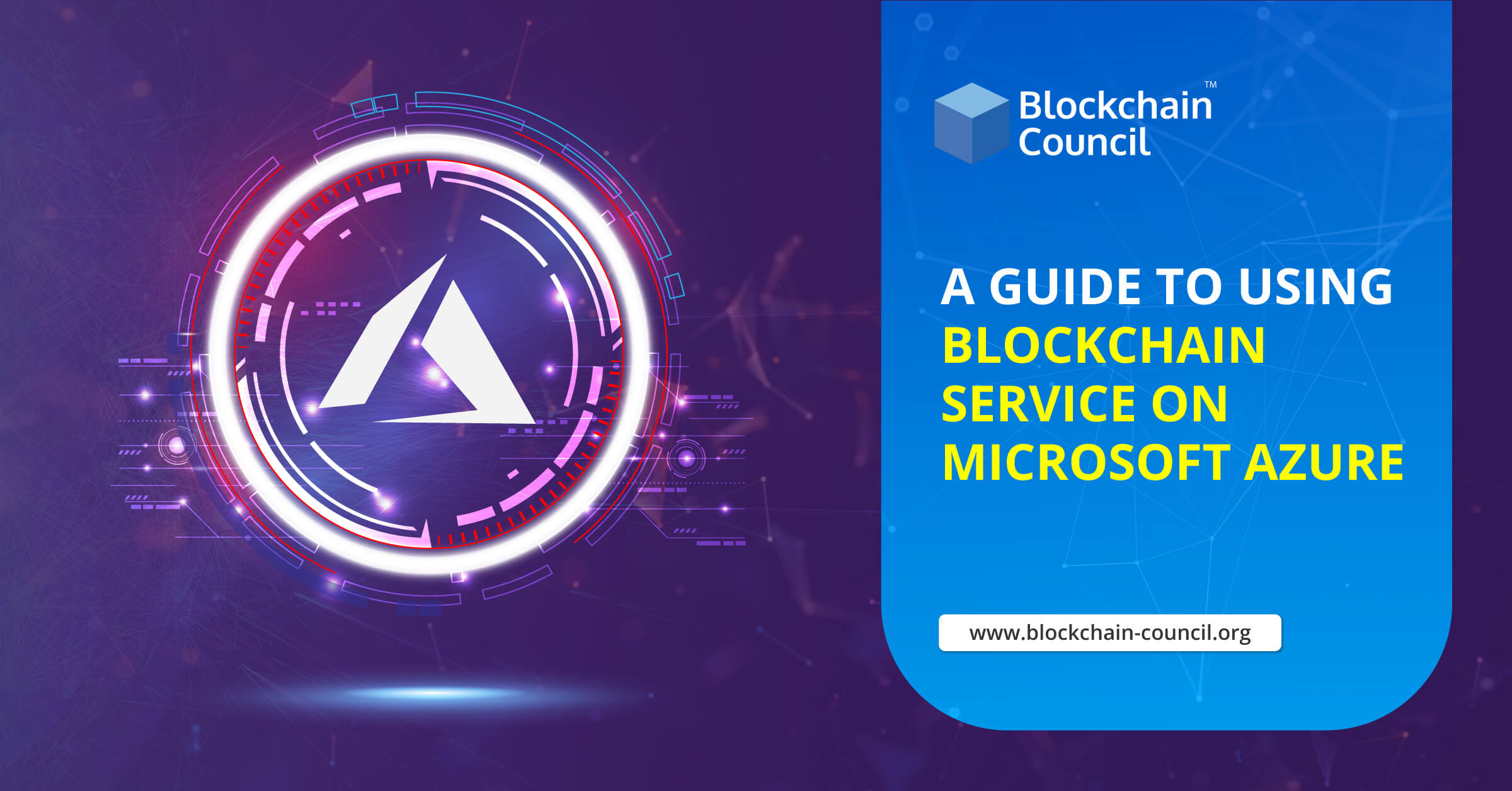
- Toshendra Kumar Sharma
- January 29, 2020
The market for cloud services is currently growing at a rapid pace. All modern technologies like artificial intelligence, machine learning, the Internet of Things (IoT), big data analytics, and web and mobile app hosting require heavy computing power. This is where cloud computing platforms come into the picture. They allow both businesses and individuals to enjoy scalable computing power on a plug and play basis. Due to this service, organizations need not spend money on investing and maintaining costly infrastructure. Though there are many cloud computing platforms available out there, in this article, we will throw light on the Azure Blockchain Service.
What is Azure Blockchain Service?
Azure is a cloud computing platform that has been developed by Microsoft for creating, testing, deploying, and managing applications. It is a fully managed ledger service that helps users grow and operate blockchain networks at scale in Azure. It has the ability to support multiple ledger protocols. It offers unified control for blockchain network governance and infrastructure management. It offers the following:
- Built-in consortium management.
- Easy network deployment and operations.
- The ability to build smart contracts using familiar development tools.
It uses the IBFT consensus mechanism to provide support for the Ethereum Quorum ledger. There is no additional cost involved for these capabilities and these do not need any administration. The main focus is on app development and business logic. You can continue to develop your application with the open-source tools and the platform of your choice to deliver your solutions without the need to learn new skills.
Azure- Network Deployment and Operations
Azure Blockchain Service is developed through the Azure CLI, Visual Studio Code, or the Azure portal with the assistance of the Azure Blockchain extension. Network deployment is made simple in the Azure Blockchain Service and it including provisioning both the validator and transaction nodes and Azure Virtual Networks for service-managed storage and security isolation. When a new member is deployed, users join or create a consortium. Consortiums allow multiple parties in several Azure subscriptions to be able to communicate securely with each other on a shared blockchain. This simplifies blockchain network deployment to a great extent and reduces the time from days to minutes.
Performance and Service Tiers
The two service tiers offered in Azure Blockchain Service are basic and standard. Each tier offers several capabilities and performance to support lightweight development and also allows the testing of workloads to massively scaled production blockchain deployments. Both these tiers include two validator nodes (standard), one validator node (basic), and one transaction node.
Maintenance and Security
Once you provision your first blockchain member, you will be able to add additional transaction nodes to your member. Transaction nodes need configuration for access and are safeguarded through firewall rules. Apart from firewall rules, the other options that can be used for securing transaction node access are access keys, basic authentication, and Azure Active Directory integration.
Monitoring and Logging
The Azure service offers rich metrics through the Azure Monitor Service that provides insights into the memory, storage usage, and CPU of the nodes. Apart from these, it also provides insights into blockchain network activity such as transaction queue depth, active connections, and transactions and blocks mined. Azure makes it possible to customize metrics to provide views into the insights. It is also possible to define thresholds through alerts to help users trigger actions such as sending an email or text message or running a logic app or Azure function. Users will also be able to view logs related to the Quorum ledger using Azure Log Analytics.
Built-in Consortium Management
As mentioned earlier, at the time of deploying the first blockchain member, you will either join or create a consortium. A consortium can be understood as a logical group that manages the connectivity and governance between blockchain members who transact in a multi-party process. Azure offers governance controls through pre-defined smart contracts that determine the actions members present in the consortium are allowed to take. The administrator can customize the governance controls as and when needed. You must have an invite to join a consortium. Consortium management actions like removing and adding members from a consortium can be accessed through a REST API and Power Shell.
Conclusion
I hope you have now gained a fair idea about the Azure Blockchain Service. To get instant updates about blockchain certifications and to become a blockchain expert, check out Blockchain Council.





































































 Guides
Guides News
News Blockchain
Blockchain Cryptocurrency
& Digital Assets
Cryptocurrency
& Digital Assets Web3
Web3 Metaverse & NFTs
Metaverse & NFTs
